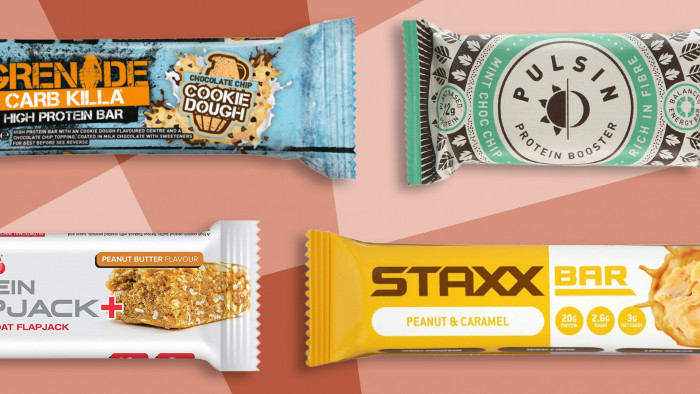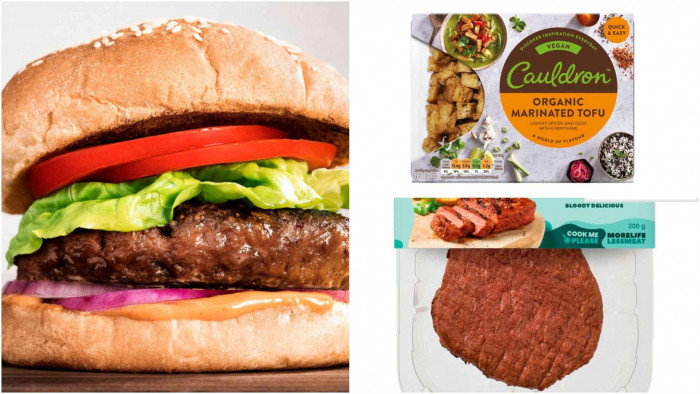After a summer fuelled by burgers, beer and Mr Whippy, it’s time to upgrade your body to that of an F1 champ, advises ShortList’s Sam Rowe.
With the days of sex, drugs and death races long since making way for aerodynamics, torque and space-age tech, today’s Formula 1 drivers are now every bit as engineered as the new-fangled, multimillion-pound machines they race in.
Even if you drive an M-reg Corsa that can only hit 80mph when going down a steep hill in a tailwind, it doesn’t mean you too can’t incorporate the fitness secrets of a McLaren driver into your own workout. Sure, you probably won’t pinch Jenson Button’s Santander adverts or have a designated pit team whip your wheels off at a BP garage, but after an unusually long summer of excess, you may want to kick up your own training from second to fourth and scrap the spare tyre that’s interfering with your aerodynamics. With the legendary Italian grand prix taking place at Monza this weekend, two experts talk you through the lessons you can learn from F1 racers.
1. Be committed to your goals
Simon Reynolds (McLaren driver performance manager): F1 drivers have been racing from an early age. Many kids on the go-kart circuit have ambitions to get to F1 but only a very small handful make it. The ones that make it are the ones who are committed to hard work and have utter determination to reach their goal.
Mikey Collier (McLaren sports scientist and physiotherapist): Since I started working with Jenson Button in 2008 I have watched his fitness go from strength to strength, and that is down to his own personal dedication. His utter commitment to his fitness has contributed to him to being one of the best F1 drivers out there at the moment.
2. Choose your fuel wisely
SR: As a professional athlete, what you eat and drink is key to optimal performance. The drivers have diets specially tailored, which have been set out for them by their personal trainers. The McLaren team drinks Lucozade Sport and the drivers have bespoke drinks made for them with glucose, electrolytes and caffeine in. Water alone just wouldn’t be enough.
MC: For nutrition, we focus on three areas: pre-race, during and post-race. It is an endurance sport but we don’t go down the traditional route of eating loads of carbs before a race. Instead, Jenson will eat meals with high protein and complex carbs, which are what I call ‘vegetables from the ground’, such as carrots, parsnips and potatoes. No eating white bread or pasta for him.
3. Keep your heart in check
SR: It is vital that you have a highly efficient cardiovascular system, to avoid fatigue at any point in a race. Our drivers do a mixture of endurance and high-intensity workouts with varying heart-rate zones, so they are equipped to cope with the changeable physical demands of racing.
MC: It’s an endurance sport, so in order for the drivers to cope with travelling at 200mph for 100 minutes in an F1 car, they must have strong cardiovascular systems. Jenson’s triathlons that he does when he isn’t racing are perfect cardiovascular training for F1.
4. Stay strong
SR: Having good posture and body mechanics is vital to everyone, but especially when driving an F1 car. The G-force you face is intense, so the body must be strong enough to cope with it. Also, good strength and stability will prevent injury.
5. Build neck strength
SR: The neck is one of the most important parts of a professional driver’s body. It must be able to cope with those huge G-forces when braking or going round a corner. If your neck isn’t strong enough, then your head will not stay in the correct position and focus will be lost.
MC: We have a number of specific exercises that target the neck muscles, but we also work a lot on the shoulders, the mid back and lower back simply because it is all a chain, and to focus on just one aspect of the body would be blinkered.
6. Work on your reactions
SR: F1 drivers must have highly tuned nervous systems so they can react quickly to everything going on around them in a race. Not only must they be aware of the other cars around them, but they also have to watch out for things such as debris on the track and warning flags.
7. Be professional in all areas
MC: Professionalism in F1 applies both in and outside the car. When a driver can speak with the same knowledge and understanding as the engineers, it shows complete professionalism. It means that when they are describing how the car feels, the engineers fully comprehend what is going on and they can quickly make the necessary changes. Likewise out of the car, drivers must be able to communicate articulately to media and sponsors, as they are integral to the financing of the sport, and it’s part of the job of an F1 driver to accommodate them.
8. Let yourself get better
SR: Recovery is the key to optimal performance. Just as training is important before competing, recovery is crucial after. This is so your body and mind have time to repair before becoming fitter and stronger. Activities during recovery time can involve massages, flexibility training, low aerobic exercise, time with friends and family and, most importantly, sleep.
(Image: LAT Photographic)
Latest


Slomo pop-up offers saunas and ice soaks in Kings Cross


Best gifts for runners that they'll actually want and use


The best protein bars to fuel your workouts
Related Reviews and Shortlists







